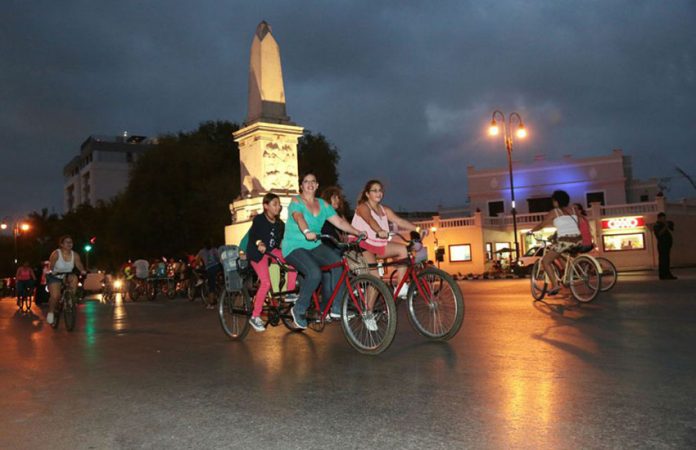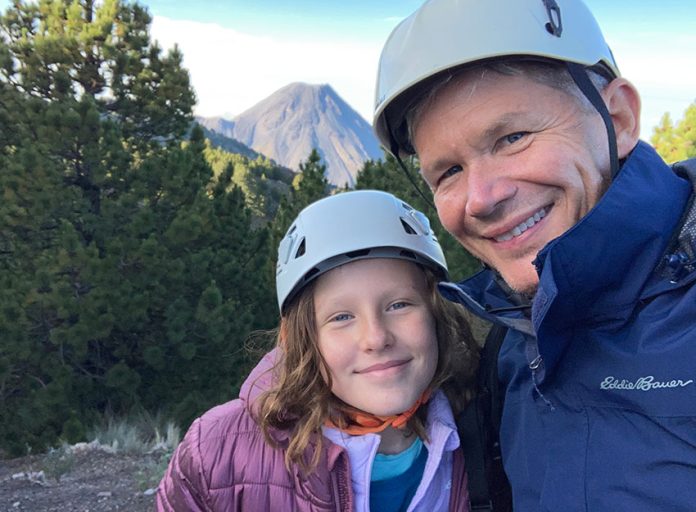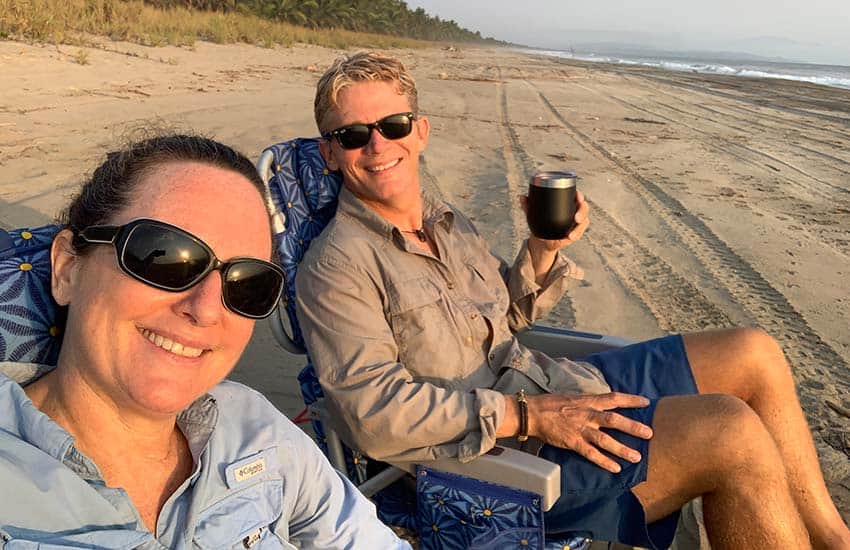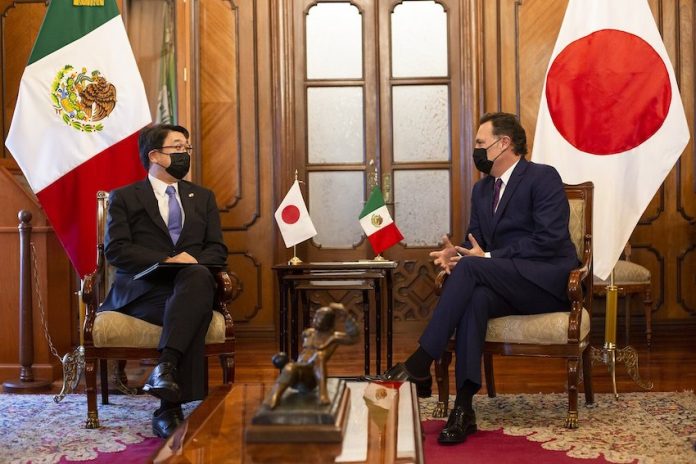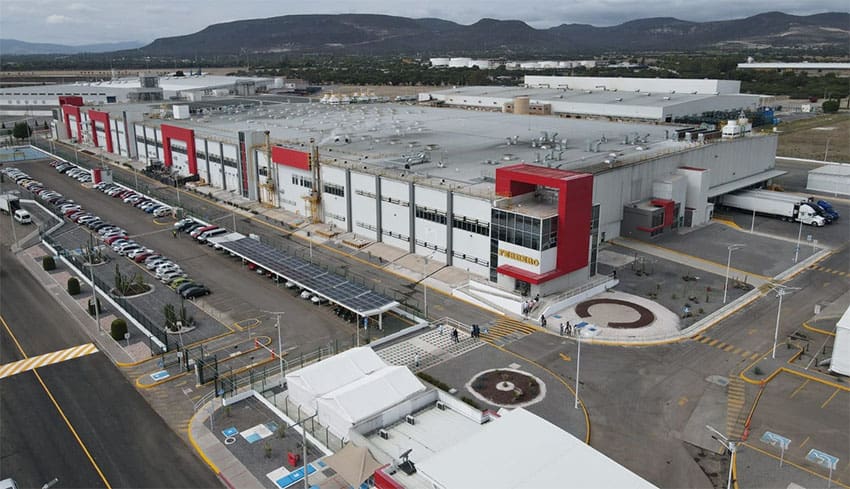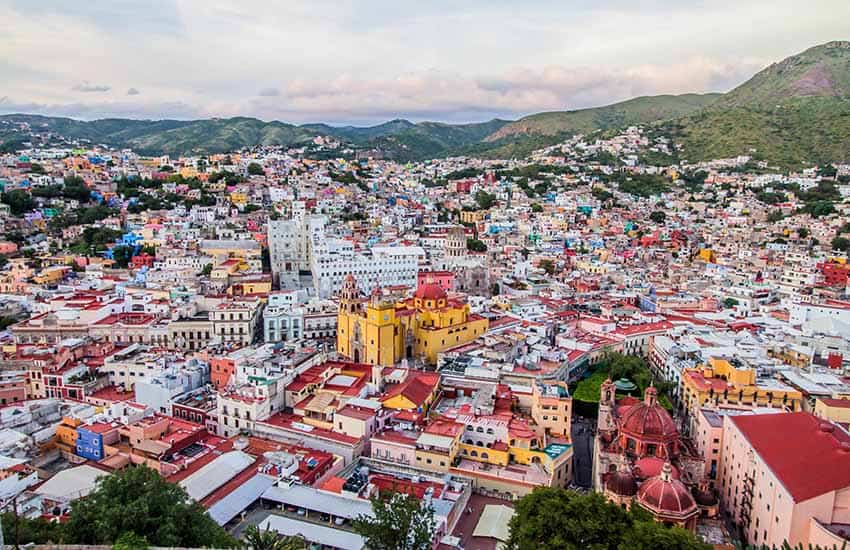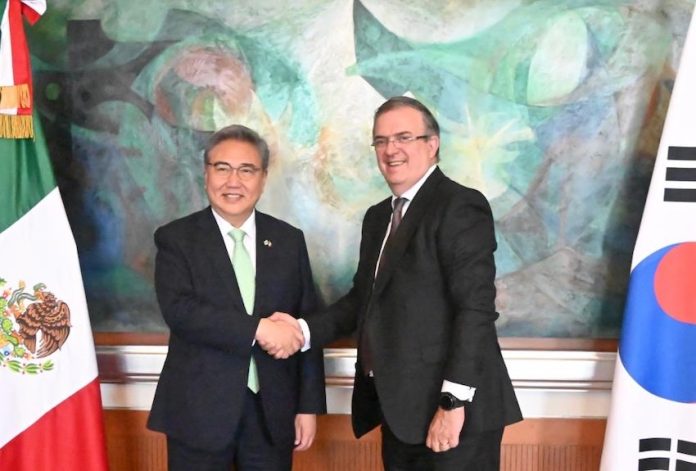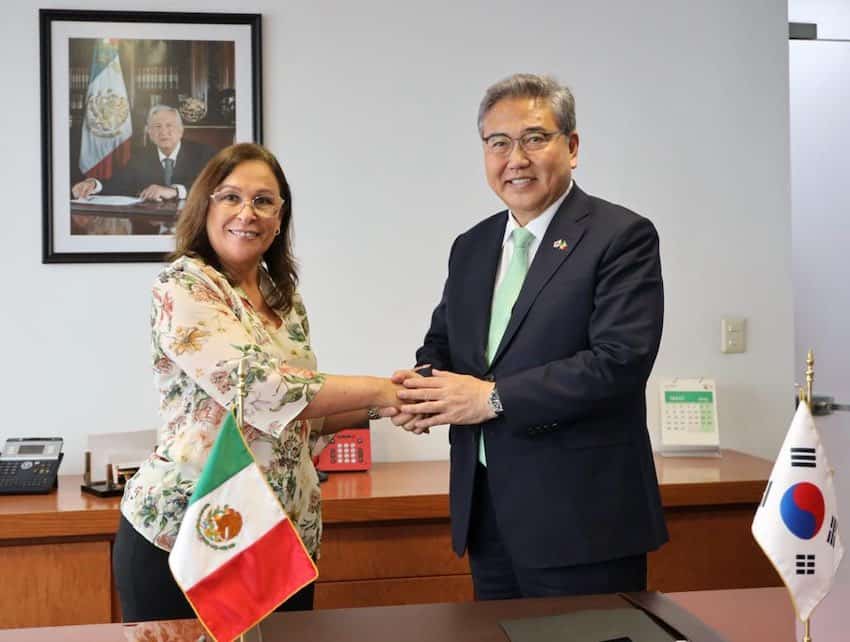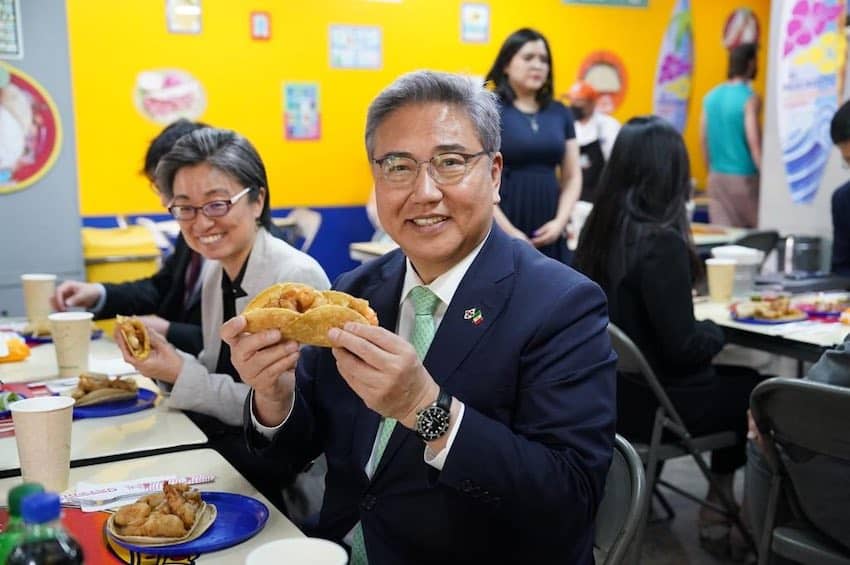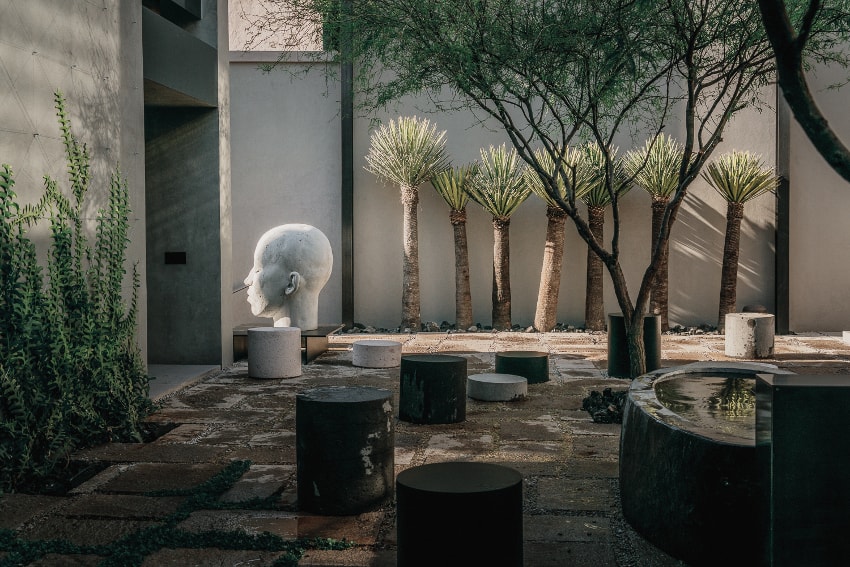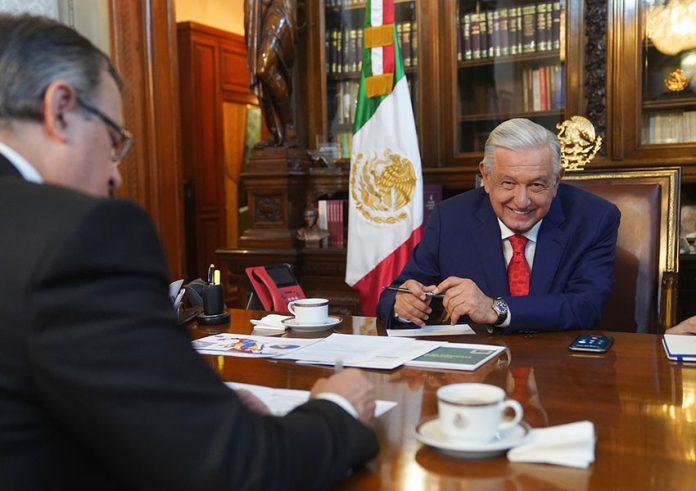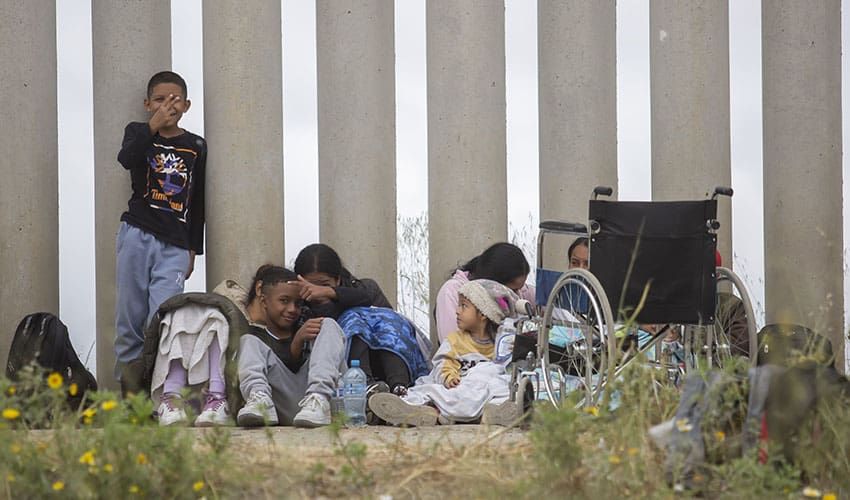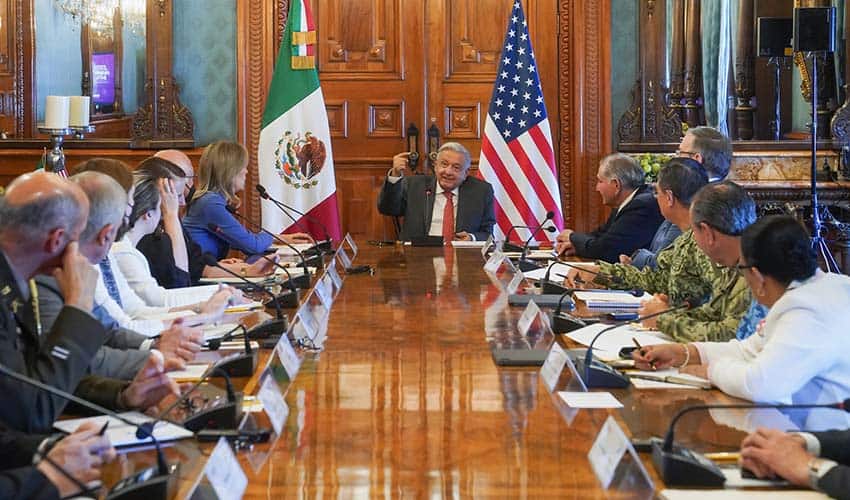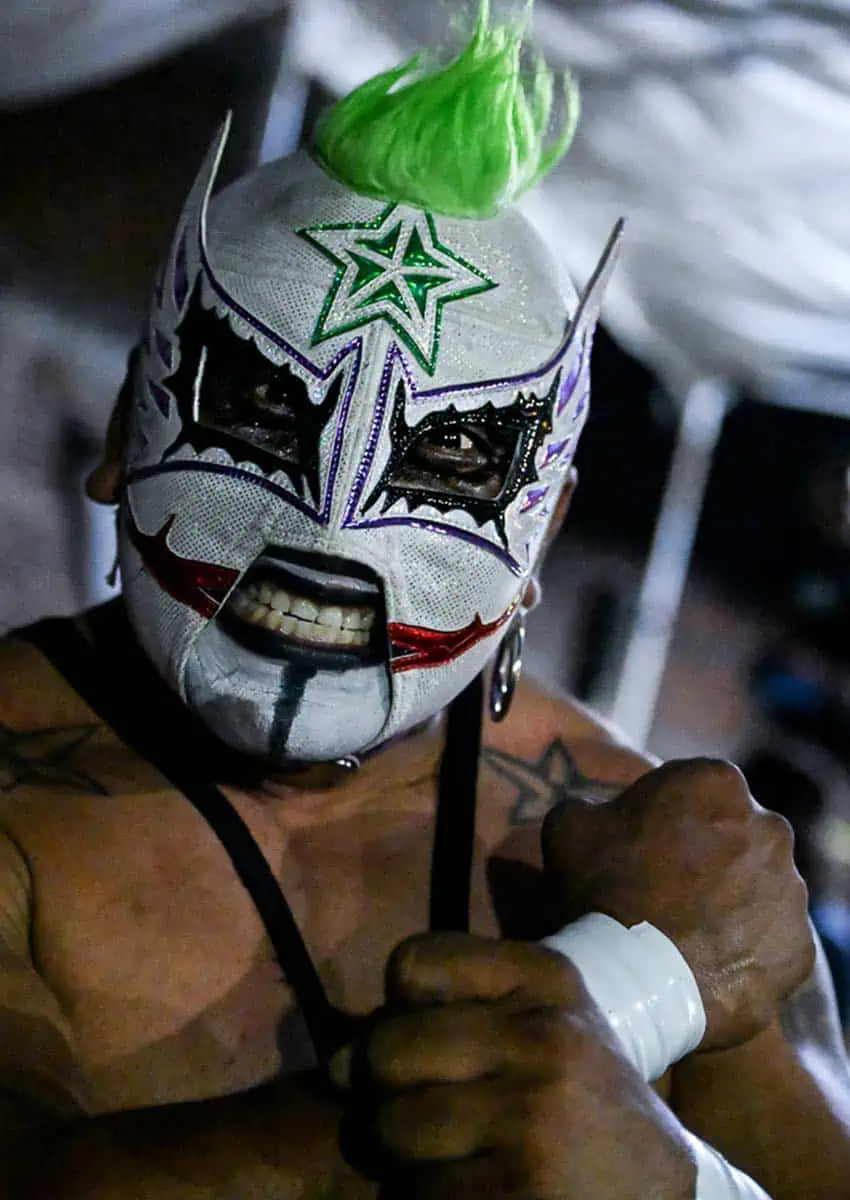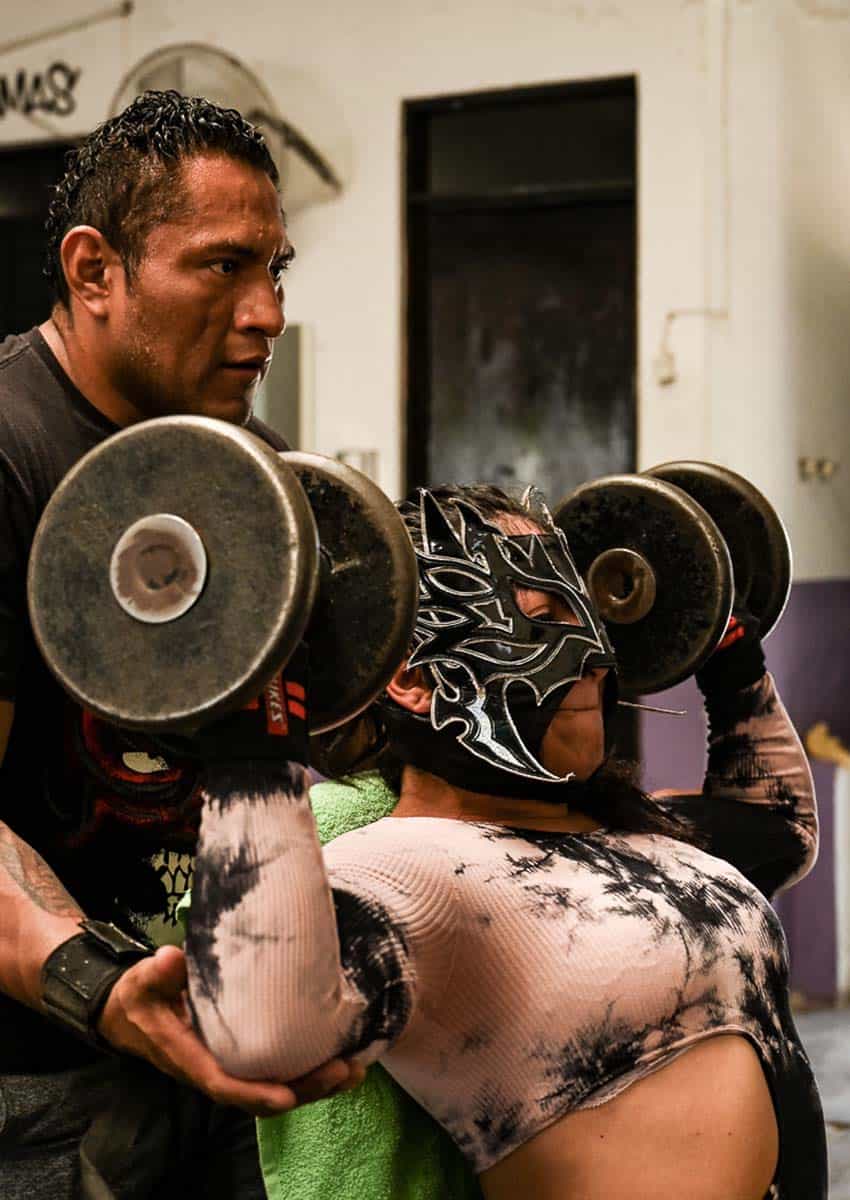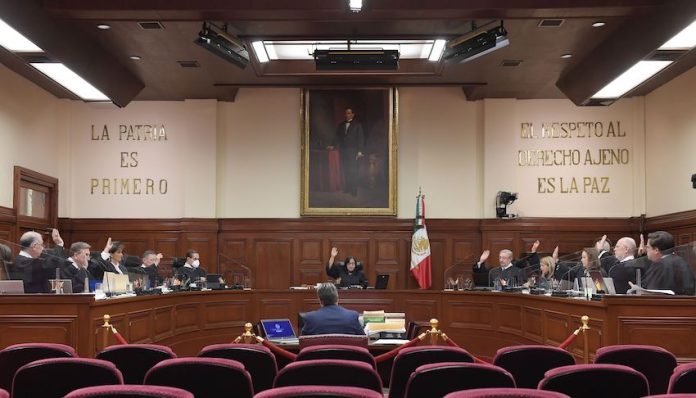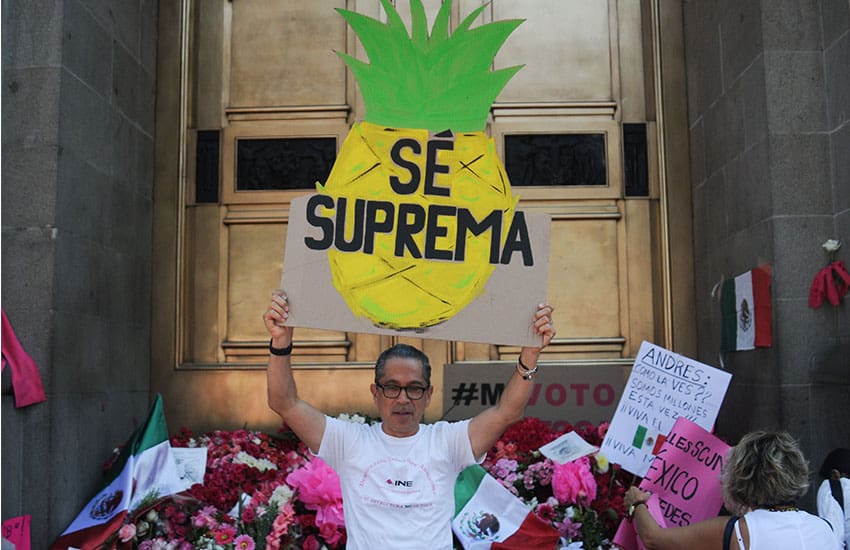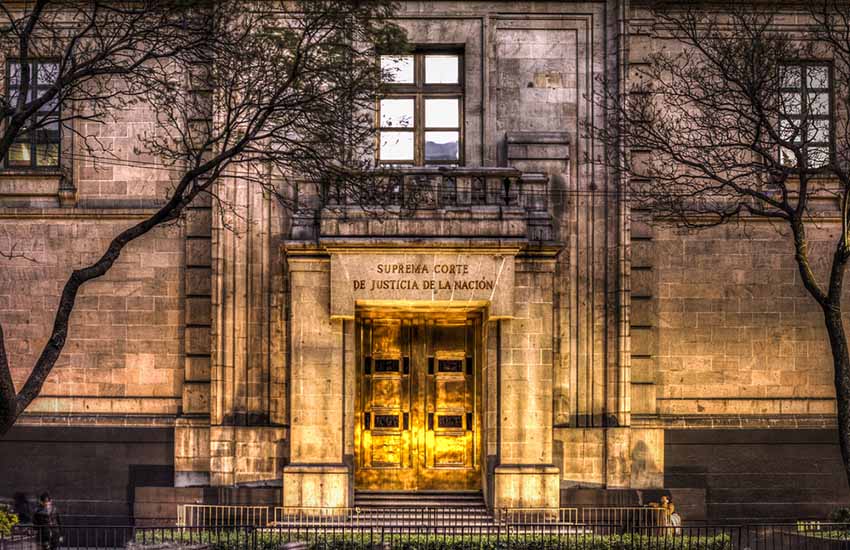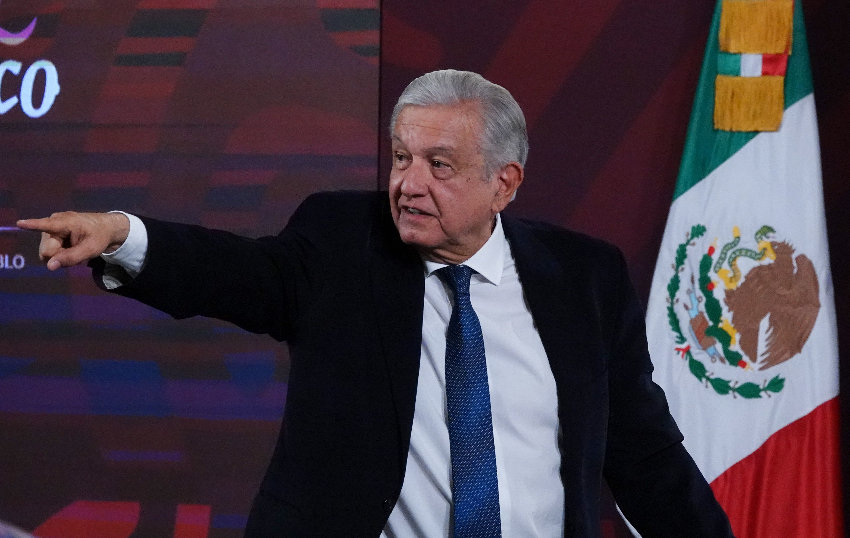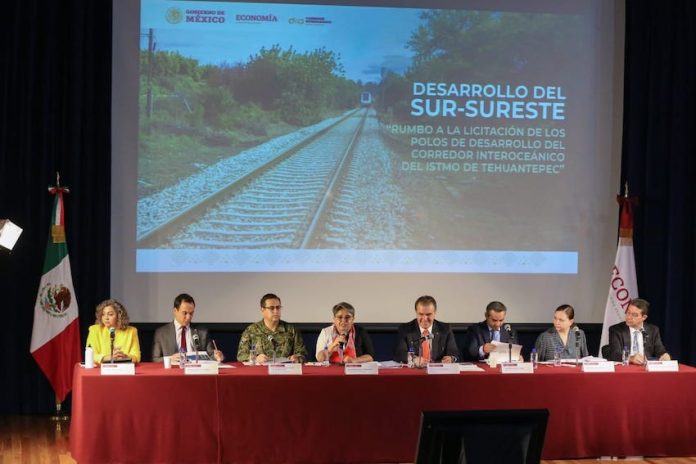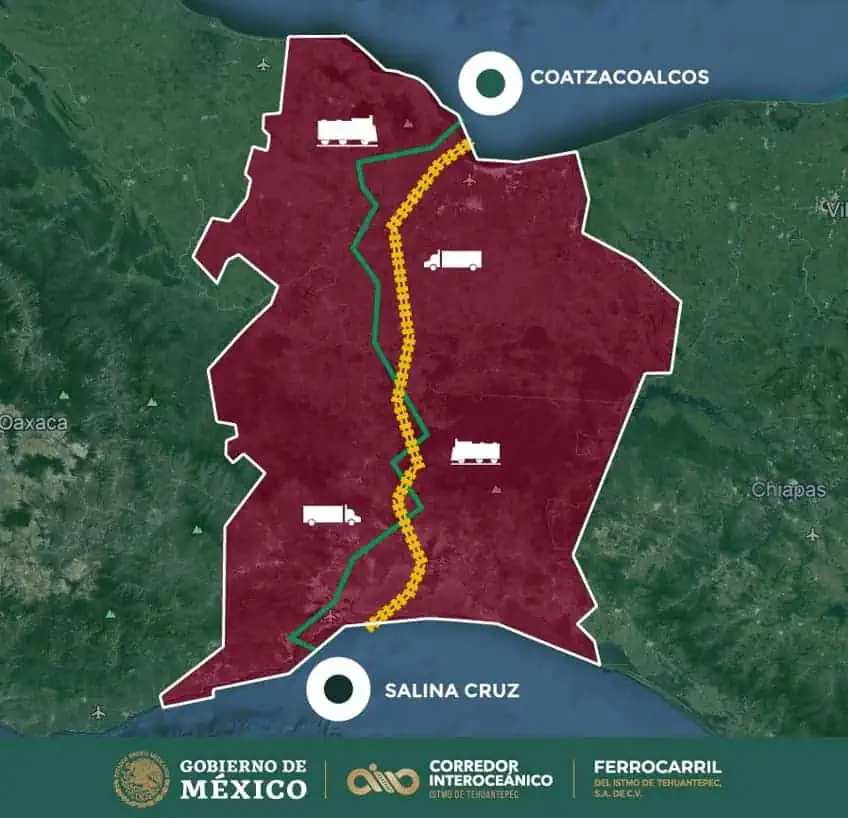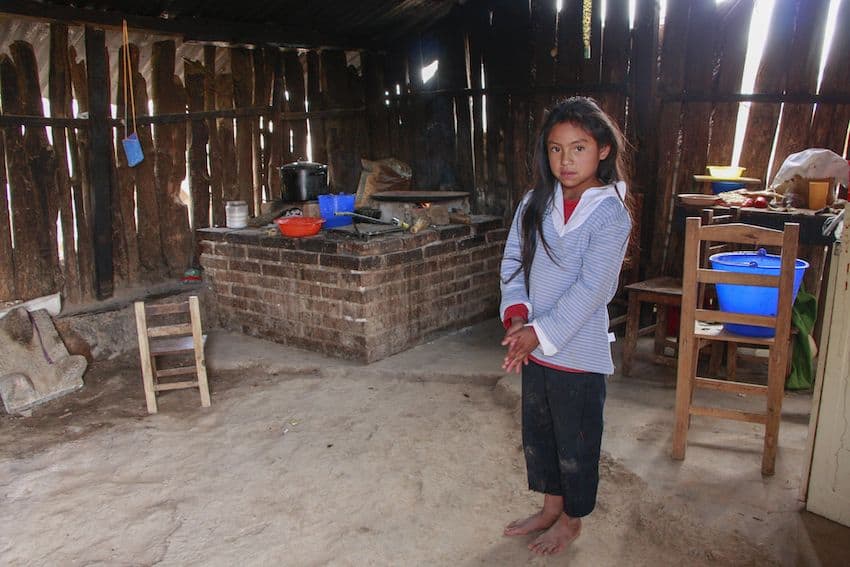This weekend, Mérida will host the 15th edition of La Noche Blanca, or The White Night. For two nights, the capital of Yucatán will put on a cultural showcase that boasts over 250 events spread out over 90 venues in 10 different neighborhoods in and around the city’s historic center.
The event is expected to welcome over 1,400 participants, including comedians, artists, musicians and dancers from around the country.
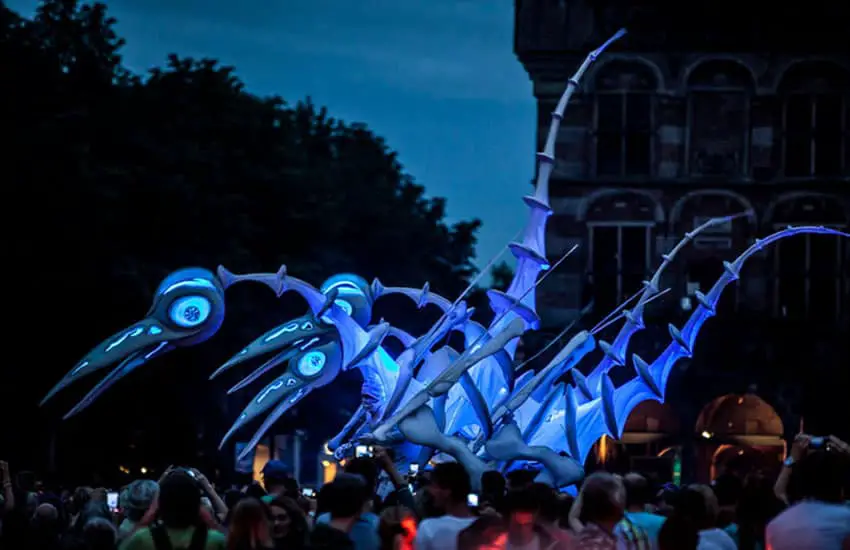
Among the cultural offerings are 83 art exhibits, 53 concerts, 15 theatrical presentations, 10 dance performances, and a handful of film, comedy, and food popups. This is to say nothing of the creative collectives that will be hosting bazaars, the district-centric walking tours and the interdisciplinary shows featuring some of Mérida’s most promising youth talent.
In other words, for visitors to this year’s Noche Blanca, the issue won’t be finding something of interest, but having to choose.
Getting Started
In contrast to other Noches en Blanco events around the world, which usually only open their doors to the public for one night, Mérida’s celebration takes place over two. The Víspera night kicks things off on Friday, May 12, in what can be thought of as a soft opening.
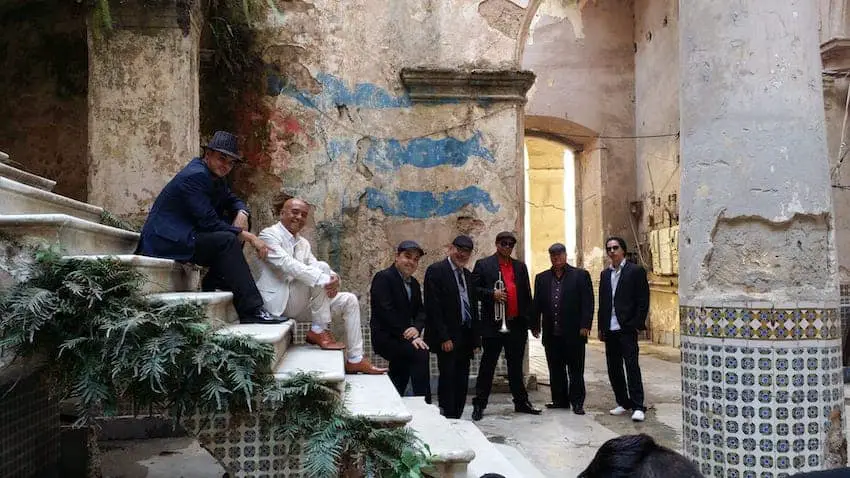
Though the visual arts exhibits will only be open to the public on a limited basis, guests can still check out a number of acts, ranging from swing dance and ballet to blues, samba and acoustics. Parcústicos, a local collective of yucateco musicians, is a great option for the latter. They’ll be performing at the Paseo Montejo at 8 p.m.
Aside from performances, the Víspera offers participants an opportunity to get to know Mérida inside and out, with recorridos, or walking tours, of different neighborhoods. Among the areas featured will be La Mejorada, Santiago, Parque Santa Lucia and Santa Ana.
Guests who prefer to check out their surroundings at their own pace (and perhaps without struggling to understand a guide who doesn’t speak their native language) have the option of doing the biciruta: cruising the scenic Paseo Montejo by bicycle and stopping along the way to indulge in an array of gastronomic, musical and theatrical offerings at their leisure.
The Main Event
Events on Saturday kick off at 7 p.m. One of the major draws of the early offerings is the chance to check out some of the Yucatán’s top youth talent in a variety of art forms.
In the Santa Lucia neighborhood, the Autonomous University of Yucatán (UADY) will host the university’s jazz dance company, whose performance will pay tribute to Abba’s Mamma Mia! It’ll be followed by performances by high schoolers in a variety of genres. Elsewhere, at the Plaza Grande, the city’s youth orchestra will perform at 8 p.m., interpreting songs by Frank Sinatra, Michael Bublé and many more.

Also worth noting about the second night is the massive influx of visual art around the city. From 8 p.m. onward, Plaza Grande, Santa Ana, Santa Lucia, La Mejorada, Santiago, La Ermita, Paseo Montejo and a handful of venues outside of the city center will host exhibits tackling themes as diverse as social media, violence, urban vortexes and Da Vinci. With offerings in over 30 different galleries, these visually stunning showcases afford visitors an excellent opportunity to check out several venues in close proximity while admiring some truly impressive pieces in the process.
For guests who prefer the performing arts, there is no shortage of spectacles on offer. In addition to the aforementioned Abba tribute by the UADY Jazz Dance Company, Noche Blanca boasts a gamut of other dance showcases that feature the best in interpretive, flamenco, contemporary and Latin movements.
One performance of particular note will be “Danza México en la piel” by Companía Artística Inclusiva, which will place in the Museo de la Canción Yucateca in the Mejorada neighborhood. In an initiative by the city’s government to create more inclusive spaces, the performance will feature young artists with intellectual disabilities, offering them a stage to share their talent and passion for dance.
Theater productions also abound. Guests at this weekend’s Noche Blanca will find clowns, impressionists, comedians and puppeteers. There will also be critical works that address themes such as sex work and the dangers of social media, as well as monologues and interpretations of literary classics, such as Ernest Hemingway’s “The Old Man and the Sea.”
The San Juan and Mejorada neighborhoods will put on a number of these shows, the most anticipated being the comedic performance of Ruperta Pérez Sosa at 1 a.m. Drink lots of coffee.
Finally, the crown jewel of Noche Blanca is by far the music. There will be more concerts than there is time to attend them all, though the proximity of the venues will make it slightly more practical for musicophiles to bounce around and take in a bit of everything.
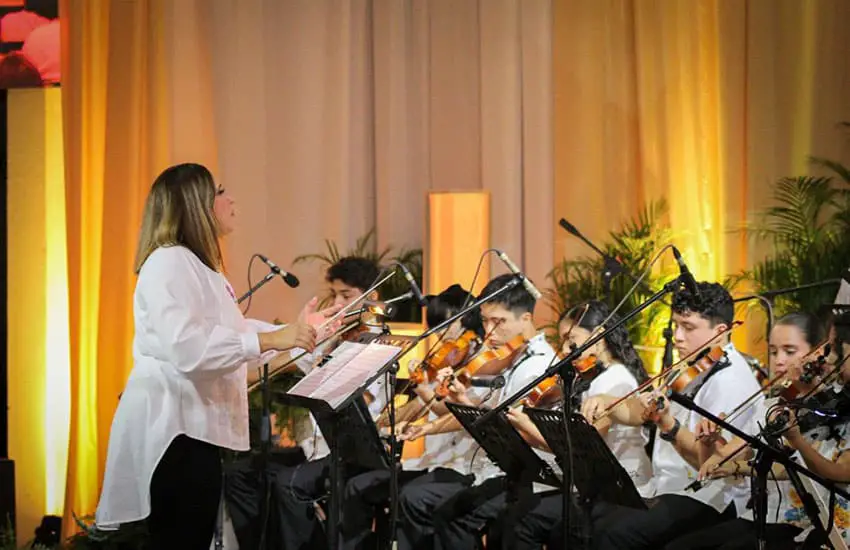
Those seeking regional sounds will do well to check out one or two Trova shows — it’s hard to get much more yucateco than a soothing serenade against the backdrop of an acoustic guitar.
Two acts worth checking out for traditional Yucatán music are Las Trovadoras del Mayab at 10:30 p.m. and Tres Grandes de La Trova at 11:30 p.m., fortunately, both taking place in La Mejorada’s Museo de la Canción Yucateca.
Guests hoping for something more international are in luck, particularly if you have a soft spot for the Cuban canon: this weekend’s festivities feature local favorite Alina Vila; the acclaimed Cuban orchestra Juan Fromell y Los Van Van; the salsa collaborative Conexión Cubana; and Cuban singer Eme Alfonso, whose album “Ancestros Sinfónicos” won a Latin Grammy in 2022.
As the night goes on, a handful of jazz and blues bands will grace stages in Santa Ana, Santa Lucia and Santiago, while guests in search of more Latin rhythms will find what they’re looking for in the form of La Sonora Santanera, who will play at Parque San Juan at 11 p.m..
Revelers still awake can end the night with the high-energy dance music stylings of Colombian supergroup Systema Solar, who will light up Parque Santa Ana just after midnight.
With so many artistic events in a span of 48 hours, Mérida’s Noche Blanca truly has something for everyone. And with countless venues in close proximity, you’re sure to find something you love just around the corner.
With reports from La Revista and Diario de Yucatán
